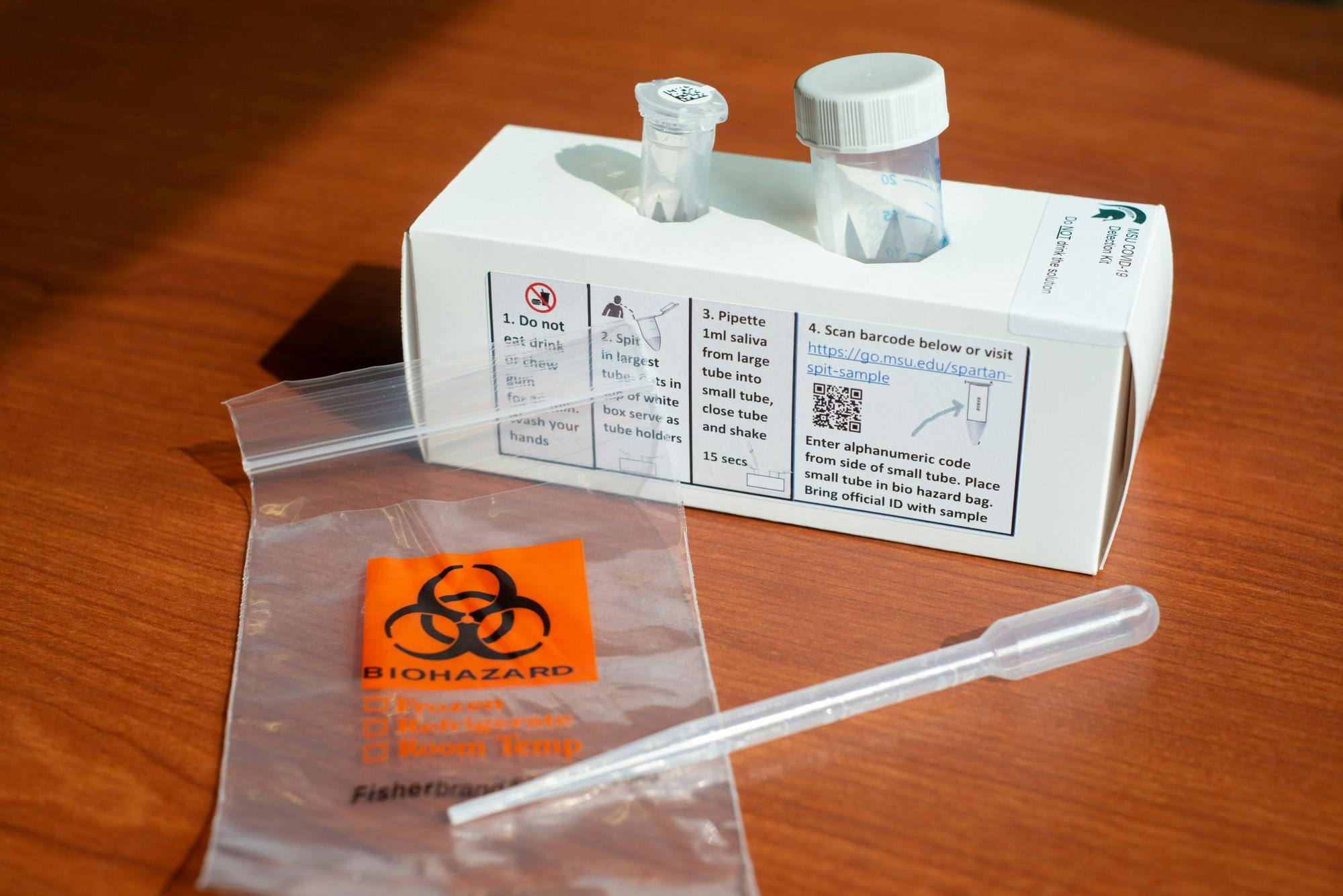With no end in sight, the number of COVID-19 cases rose to more than 6,000 as of Nov. 16, according to the Ingham County Health Department, or ICHD digital dashboard.
That means Ingham County residents have spent nearly all of 2020 under restrictive orders from high level health officials, while scientists edge closer to finding a lasting drug treatment or vaccine to end this viral warfare that has continued to negatively impact both our population and economy.
To date, the New York Times, or NYT has tracked more than 10.4 million confirmed positive cases, with 130,553 occurring just on Nov. 9. There have been approximately 241,070 deaths in the U.S. due to COVID-19.
Over the last 14-days, the NYT totaled a 69% increase in cases and a 23% increase in deaths.
The number of cases across the entire country is more than the number of individuals that reside in the state of Michigan alone, according to the U.S. Census Bureau database from July 1, 2019.
The Michigan Department of Health and Human Services, or MDHHS has performed more than 5.5 million diagnostic and approximately 342,000 serology tests, tracking approximately 252,000 cases and 8,100 deaths — these numbers include both confirmed and probable aspects.
More locally, the ICHD has tracked approximately 5,685 confirmed positive cases and 79 deaths. Back in July, the death count was stable for a solid two months between June and August. Since then, Ingham County has seen it more than double, while the case count has more than quadrupled.
The ICHD added a new section to their website Oct. 30 that tracks countywide hospitalizations, emergency room visits and intensive care unit, or ICU, holds.
What happened?
Though COVID-19 numbers began to slow down in August in Ingham County, they skyrocketed when the Spartan student body returned to their stomping grounds at the beginning of the school year, though a majority of students are off-campus.
Michigan is currently labeled as high risk, along with 42 of 50 states, according to a map by COVID Act Now. This means the states are either facing an active outbreak or could be in the future — the preparedness level has dipped under standards, while the cases have not.
Ingham County is also at the highest COVID-19 risk level on the MI Safe Start Map.
“MDHHS is very concerned about the COVID-19 numbers that have been increasing dramatically statewide. That’s why it’s important that people follow COVID-19 safety protocols — including mask wearing, physical distancing and frequent handwashing,” said Bob Wheaton, MDHHS public information officer.
Gov. Gretchen Whitmer attempted to tighten restrictions again to combat increased cases but the Michigan Supreme Court ruled her authority unjust, and on Oct. 2, they took her emergency powers away.
The ICHD and MDHHS reacted fast. On Oct. 9, they both released very similar orders that reissued the governor's mask requirements, restrictions on gathering sizes of all types, restaurant capacities, protection for employees and contact tracing procedures.
However, it's all up to the community to follow through and make the right choices.
Breaking down COVID-19 statistics
The ICHD digital dashboard breaks down the cumulative totals into smaller, demographically-centered numbers and percentages.
Support student media!
Please consider donating to The State News and help fund the future of journalism.
Another U.S. Census Bureau database estimated that the population of Ingham County on July 1, 2019, was just under 293,000:
75.6% identified as white
12.4% identified Black or African American
7% identified as Asian
0.6% identified American Indian and Alaska Native
0.1% identified Native Hawaiian or other Pacific Islander
8% identified as Hispanic or Latinos
4.2% are two or more races
Of that, the individuals infected with COVID-19 are:
Of these individuals infected with COVID-19, 37% are between the ages of 20-29. Also, 20% of the individuals are younger and 43% are older than this median.
The U.S. Census Bureau database recorded that 9.9% of residents were found to be under the age of 65 with a disability between 2014-2018 and 6.3% are found to be under the age of 65 without health insurance.
Of these COVID-19 infected individuals, cases are mostly spread evenly among sex.
Ingham County is home to 22 zip codes. Of this, the 48823, or part of East Lansing, the area has the highest range of COVID-19 infected individuals, resting between 1,961 and 2,000.
That's a 1,161 case range gap between the next highest zip code.
Other zip codes and their case ranges include:
1-40: 48819, 48827, 49285, 49264, 48821
41-80: 48892, 48917, 48933, 49251
81-120: 48825
121-160: 48840, 48895, 48915
201-240: 48842, 48854
241-280: 48906, 48864
361-400: 48912
441-480: 48910
761-800: 48911
The 48872 and 48921 zip codes are listed as 0 and 48909 is not listed.
The status of each patient changes daily, as one might observe. On Nov. 10, of the population:
3,995 have recovered
450 are at home under monitoring
79 have died
113 are hospitalized
12 are in the ICU
-
44 emergency visits have been made
This column is part of our Election Aftermath print issue. Read the full issue here.
Discussion
Share and discuss “The development of COVID-19 in Ingham County through fall semester” on social media.






